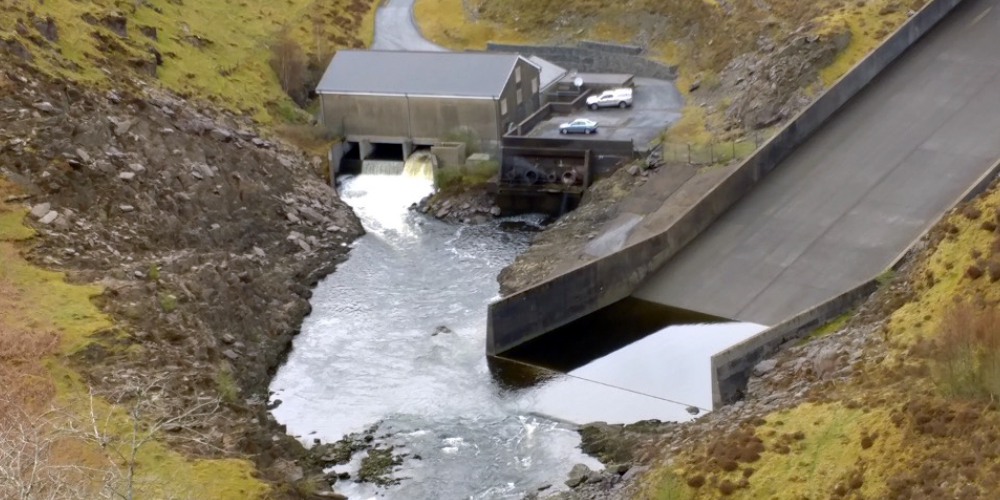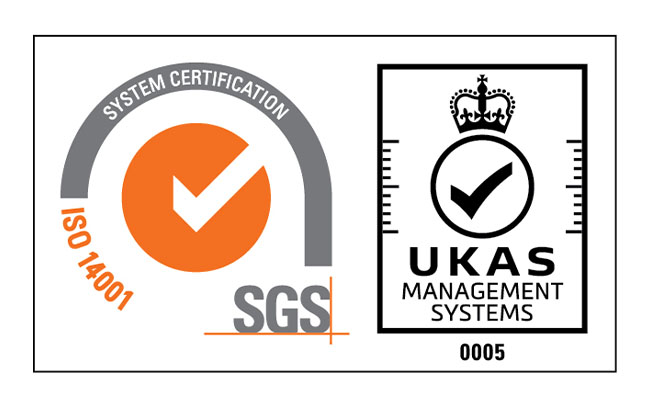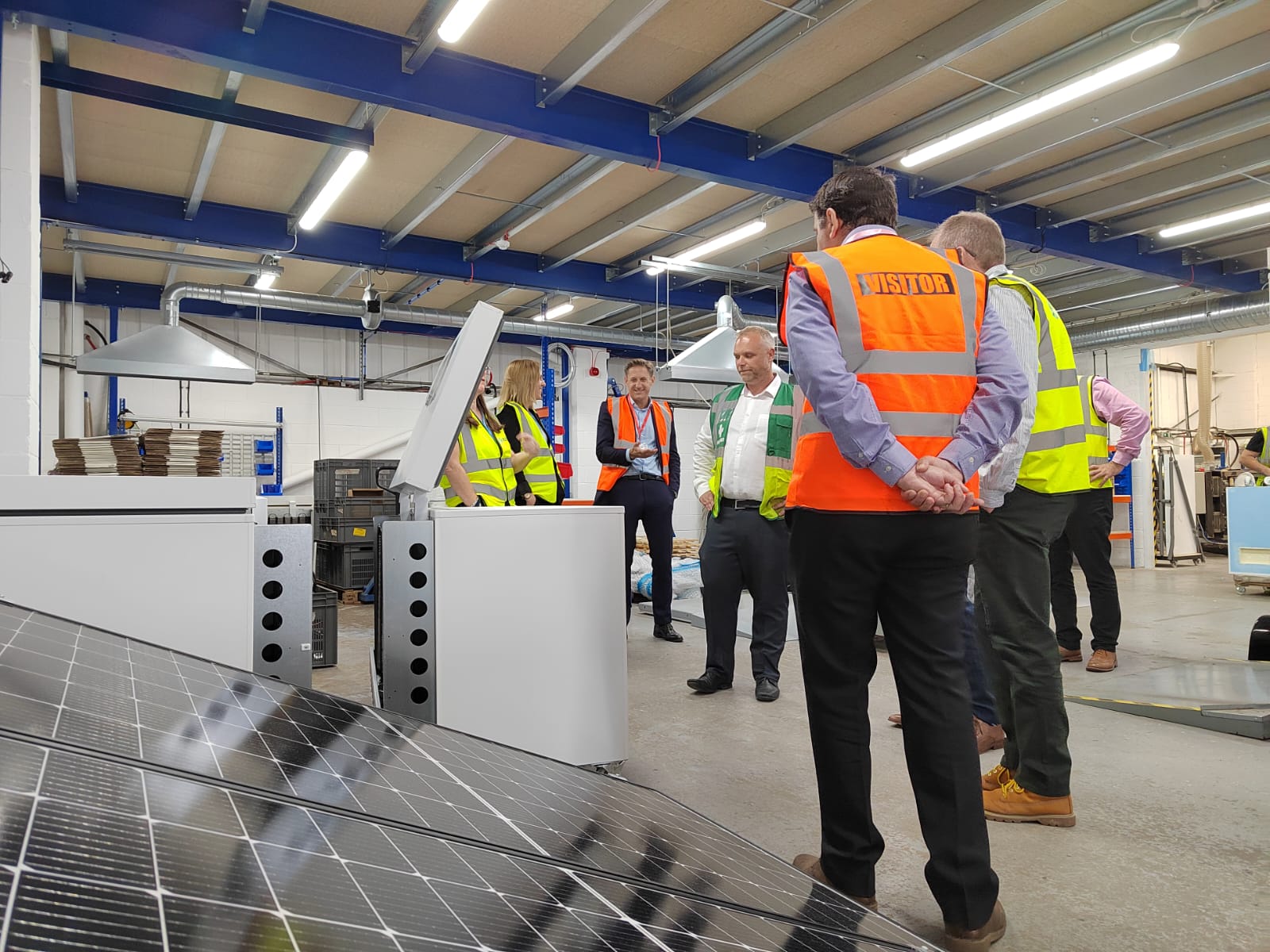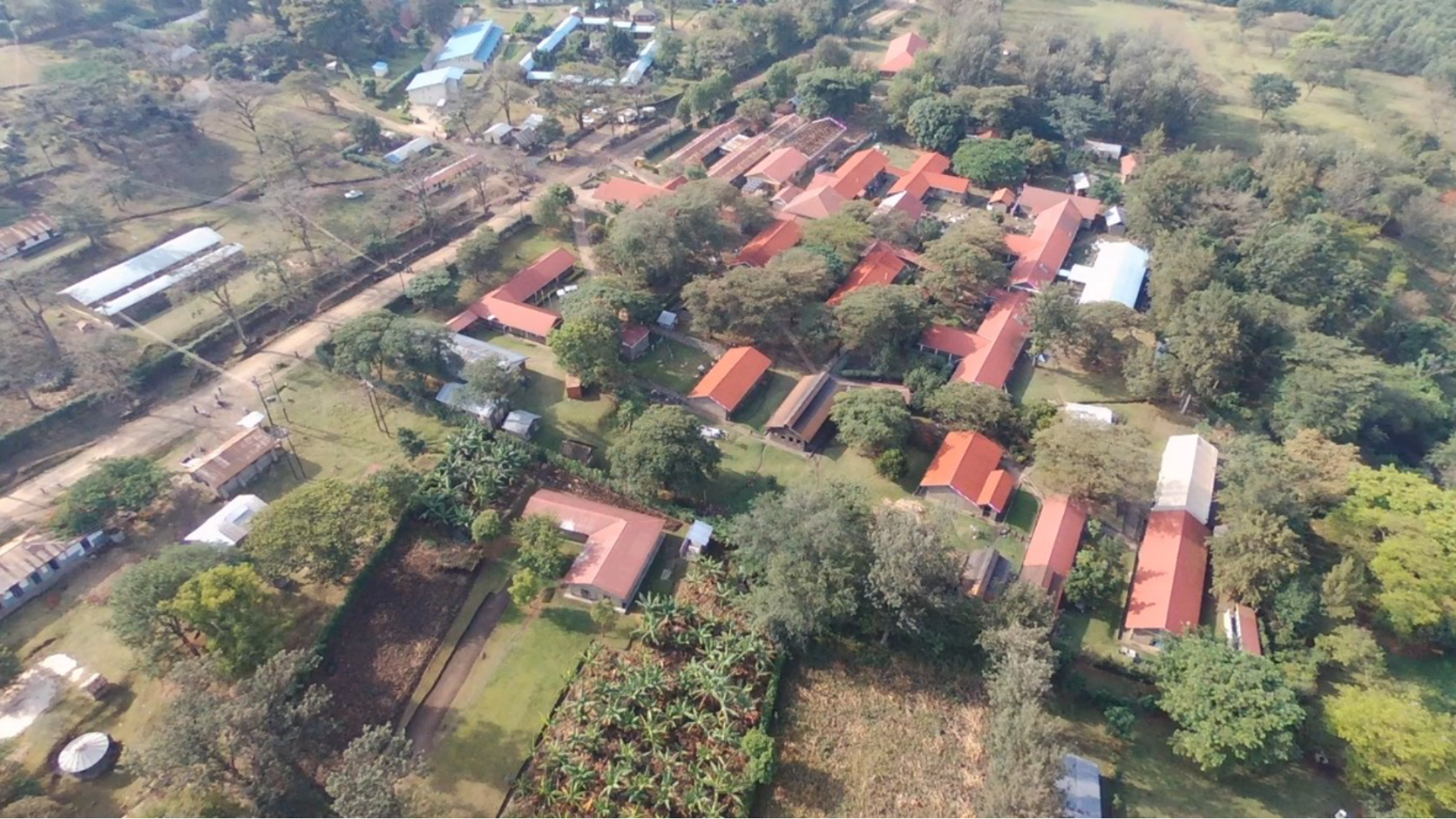Llyn Brianne is the largest reservoir in South Wales, created back in the 1970s by building the tallest dam in the UK. In 1996, a hydroelectric plant was added at the base of the dam but, nearly a quarter of a century later, the technology was starting to show its age. Downtimes due to items failing and needing repair and adjustment were becoming ever more frequent, conditions monitoring and operational data collection was extremely limited, and the plant’s output rarely attained the 4.6 megawatts of which the plant’s three turbines were capable.

Electricity at Llyn Brianne hydro scheme is generated by three turbines
The plant’s owners, Dŵr Cymru Welsh Water, commissioned Dulas to design a new control strategy for the plant, and to manufacture and install major upgrades to the existing control panels. This was proposed as a cost-effective alternative to the complete removal and replacement of the control panels which would have incurred much greater cost and lengthy downtime.
Work started in 2019, with the first stage being to produce a functional design specification. Dulas designed a new system to replace the existing ageing system, and worked alongside Dŵr Cymru Welsh Water to integrate this into their pre-existing code structure and telemetry requirements.
Installation was then scheduled to start early summer in 2020, only for the coronavirus pandemic to rear its head and the first lockdown come into force. Inevitably, work slowed while plans were devised to continue with the installation whilst maintaining the safety of everyone working at or visiting the site.
Meanwhile, the building of new control panel elements and all the factory acceptance testing was carried out offsite, meaning that by the end of July 2020, with the appropriate site protocols in place to counter Covid-19, installation of the new equipment could begin. Testing of the panel and, just as importantly, of the new code continued from August to October. All the work was fully completed by the end of 2020.

The adaptations to the existing control panel were constructed offsite, reducing the time required for installation.
Using this method reduced the necessary downtime at the plant by between a month and six weeks.
A system fit for the future
Since the new control system has been installed, the plant has consistently operated at a much higher level of efficiency than before, with the additional revenues obtained more than covering Dŵr Cymru Welsh Water’s investment in the upgrade. And while this is the ‘big picture’ gain, there are significant additional benefits delivered.
- Improved telemetry
The new system provides more extensive and accurate data, enabling the engineers with oversight of the plant to respond quickly to any adjustments required to ensure the continued optimal running of the plant.
- Reduced human intervention
In fact, many adjustments are carried out by the system itself, which is highly autonomous. Much of the old system used analogue components which required careful calibration, it was prone to drifting, resulting in the need for frequent adjustment. The new set up requires no such calibration, meaning less downtime for adjustments to be carried out.
- Scope for future upgrades
The new control panel has been deliberately designed to allow scope for upgrades to be easily added, future-proofing the plant’s systems for years to come.
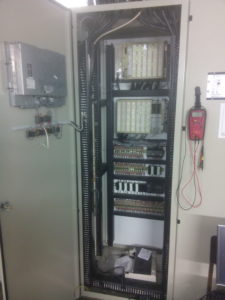
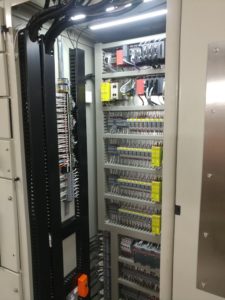 Before and after: the old PLC (Programmable Logic Controller) on the left was replaced by modern, compact controller, fitting into just the top two levels of the stack on the right!
Before and after: the old PLC (Programmable Logic Controller) on the left was replaced by modern, compact controller, fitting into just the top two levels of the stack on the right!
Extracting more value from existing installations
Understandably, the focus on the fight against climate change has been on replacing old carbon-based energy sources with renewables, but this project at Llyn Brianne demonstrates how optimising existing hydro installations can also play a significant part in delivering more clean energy. As our Senior Project Manager, Grace Lee, says, ‘For a relatively small investment, and with almost no impact on the environment, it has been possible to obtain more output from the plant than ever before. With its greater reliability and operating effectiveness, plus the scope for further development built in, the Llyn Brianne hydro scheme is truly fit for the future.’
Due to the pandemic and consequent lockdowns, Grace and the team faced significant challenges, as they did for most people – ‘The pandemic and consequent lockdowns came at us pretty much out of the blue. For the Llyn Brianne project to proceed, we had to work out how we could continue the work of installing and testing the new control panel without compromising the safety of the people involved. In total, including the sub-contractors and suppliers who would need to visit the site during the project, this amounted to some twenty people.
At the heart of the project was our Electrical Engineer, Colin Reading. With hospitality sites barred from opening during the lockdown, accommodation options were severely limited, and he ended up living for three months in his own caravan. As the only person with official permission to stay on the nearby caravan site, he had sole use of its facilities and no problem in maintaining social distancing, but it made for a rather lonely existence! Without his commitment to the project, it would have faced long delays.’
Social distancing at the hydro plant itself was ensured by creating separate segregated areas around the plant, with several sanitising stations set up. We are pleased to report that not one case of Covid was recorded amongst anyone who visited the plant throughout the whole of the project.


